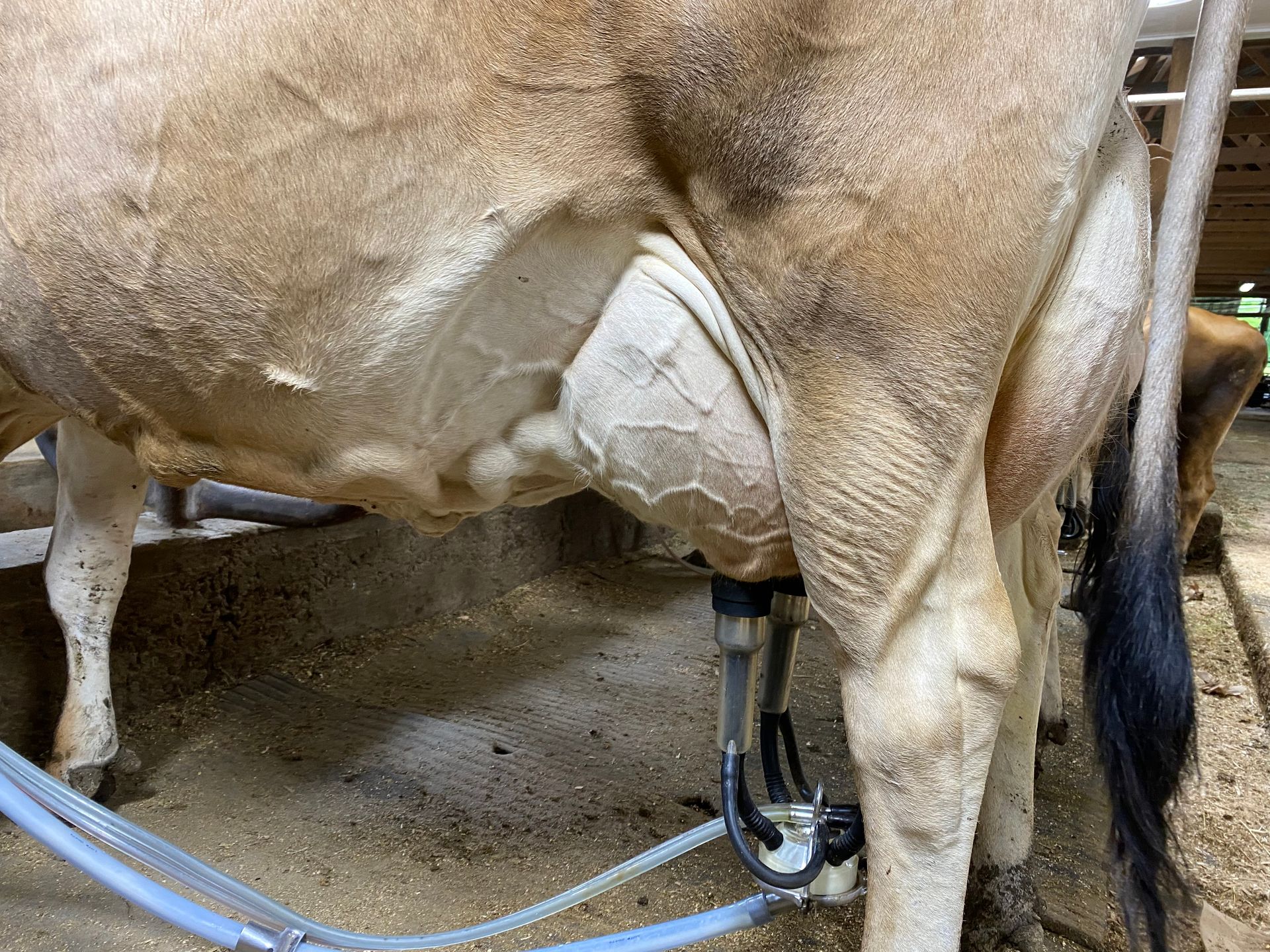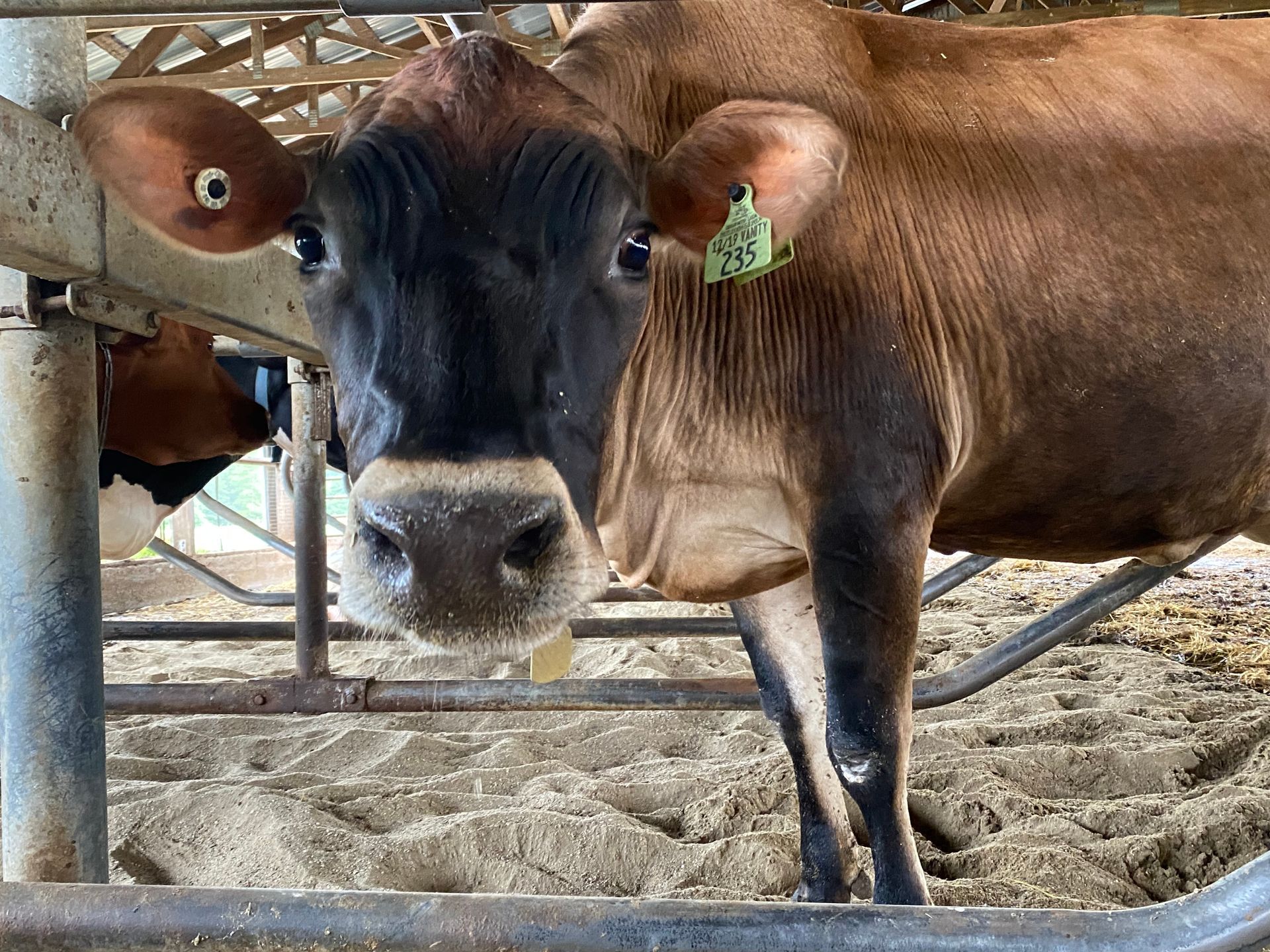Blog
Labby's Dairy Milk Testing Blog
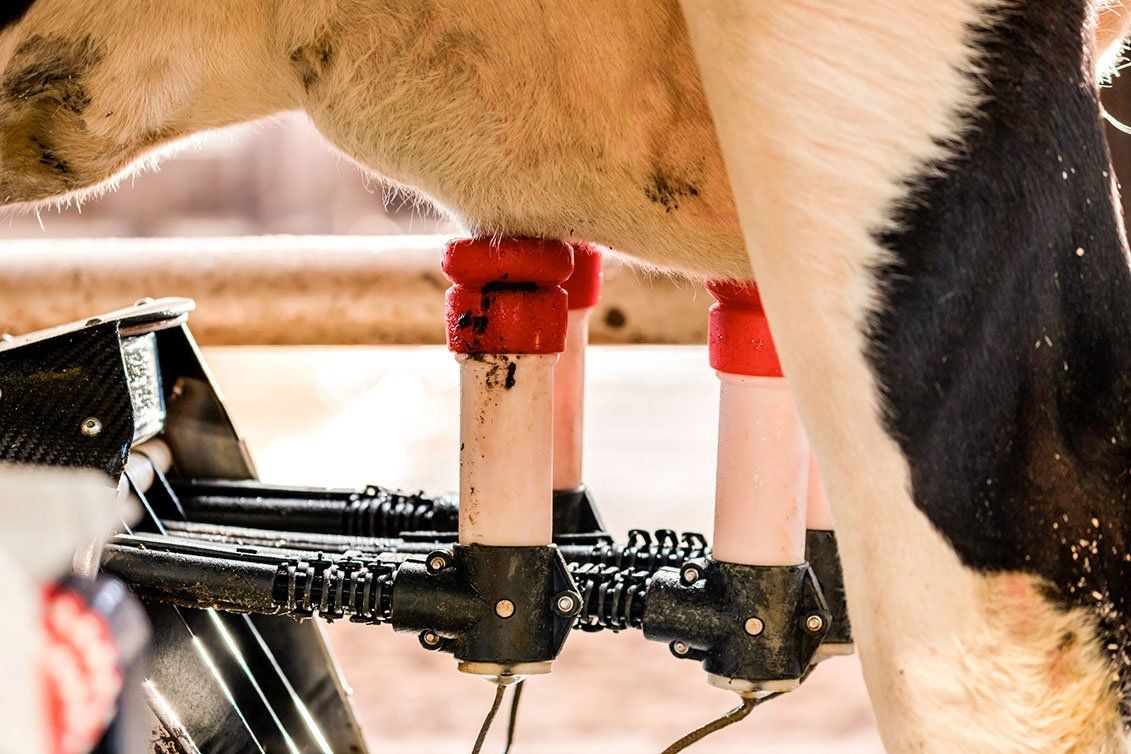
By Trevor Clapp
•
09 Jun, 2023
M Mastitis Maintenance in your Herd The only certainty when working on a dairy farm is that at some point you will be treating cows for mastitis. Mastitis is most commonly a bacterial infection of the mammary gland that can originate from the animal’s environment or can be spread from one infected cow to another. Clinical cases of mastitis or those which are detectable in the milk are often treated quickly. This is because of the change in milk composition to be off in color, consistency, or smell that makes them easier to detect. If this is a case of environmental mastitis the SCC of the animal will return to normal once the infection is cleared up. However, in the case of infectious mastitis, the animal is likely to have a chronically higher SCC even after the infection has been treated (de Haas et a., 2002). Being able to detect cows with an elevated SCC before they start showing signs means that they can be moved to the sick group before other cows are infected. Cows that have mastitis during different stages of their lactation are reported to have different amounts of milk loss. For cows with mastitis in the transition period, −335 ± 103.0 kg was reported to be lost which was similar to cows with mastitis in early lactation losing −419 ± 116.0 kg. These two metrics were only compared to healthy cows that reached 100 DIM due to their likelihood to get culled before the end of their lactation. More milk was lost when mastitis was contracted later in lactation with −506 kg for mid-lactation cows and −1,137 kg for late-lactation cows (Puerto et al., 2021). All this lost milk is not the only cost incurred by the farmer when there is a case of mastitis. One study found that a single case of clinical mastitis costs the farm $444 per cow when that mastitis occurred in the first 30 DIM (Rollins et al., 2015). This cost continues to grow if the animal takes longer to get bred due to the recovery process at $2.24 per day for every day the animal is left open after the Voluntary Waiting Period (VWP) (Puerto et al., 2021). Also if the cost to prevent mastitis is included that’s an additional $130 per cow per year. The majority of money calculated to be spent on mastitis prevention is training employees to be able to accurately detect mastitis. (van Soest et al., 2016). All of these costs can be reduced the earlier the case of mastitis is caught. Some cows show no visible signs of mastitis and can only be detected at the monthly individual cow milk test commonly done on farms. This is a case of subclinical mastitis. Subclinical mastitis is more often chronic because it is left untreated in most operations due to its undetectable nature. With daily SCC readings, even subclinical mastitis can be detected quickly. Being able to detect mastitis and treat it faster is imperative to making sure that chronically elevated SCC cows don’t develop on the farm. An increased SCC reduces the processors’ ability to make high-quality products like cheese. This is why some co-ops give farmers a premium for lower bulk tank SCC. By eliminating subclinical mastitis cows from entering your bulk tank the farm is more likely to be rewarded with the ballpark 20 cents per hundredweight bonus given to farms with a bulk tank SCC below 100,000. Making the highest quality milk from the healthiest cows is every dairy farmer's goal and being able to detect cows with mastitis faster is the first step in ensuring the health and quality of milk produced. Works Cited: de Haas, Y., Barkema, H. W., & Veerkamp, R. F. (2002). The effect of pathogen-specific clinical mastitis on the lactation curve for somatic cell count. Journal of Dairy Science , 85 (5), 1314–1323. https://doi.org/10.3168/jds.s0022-0302(02)74196-9 Puerto, M. A., Shepley, E., Cue, R. I., Warner, D., Dubuc, J., & Vasseur, E. (2021). The hidden cost of disease: I. Impact of the first incidence of mastitis on production and economic indicators of Primiparous Dairy Cows. Journal of Dairy Science , 104 (7), 7932–7943. https://doi.org/10.3168/jds.2020-19584 Rollin, E., Dhuyvetter, K. C., & Overton, M. W. (2015). The cost of clinical mastitis in the first 30 days of lactation: An economic modeling tool. Preventive Veterinary Medicine , 122 (3), 257–264. https://doi.org/10.1016/j.prevetmed.2015.11.006 van Soest, F. J. S., Santman-Berends, I. M. G. A., Lam, T. J. G. M., & Hogeveen, H. (2016). Failure and preventive costs of mastitis on Dutch dairy farms. Journal of Dairy Science , 99 (10), 8365–8374. https://doi.org/10.3168/jds.2015-10561
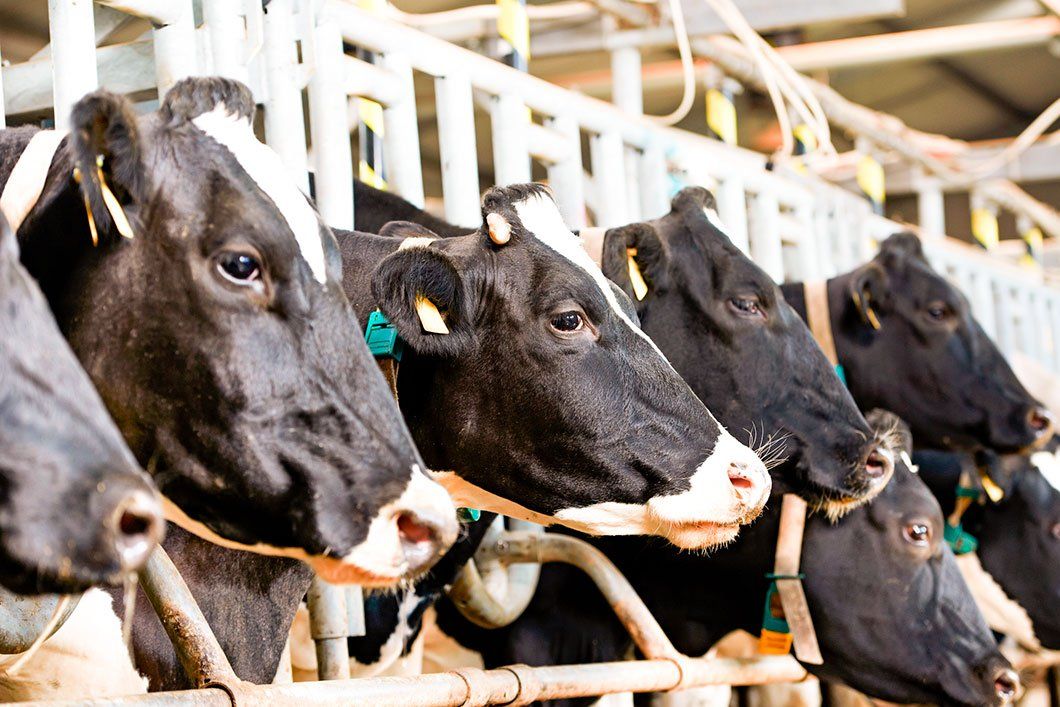
By Julia Somerdin
•
16 Feb, 2021
The milking robot can be considered as the showpiece of technology in dairy farming and revolutionised dairy farms since the 1990s. Today, it is impossible to imagine a dairy farm without any sort of technology, with sensors being the true game changers in this field. In 1983, the first cow was milked by a milking robot under research conditions on a Dutch experimental farm. It took a few years, but in 1992 the first automatic milking systems (AMS) were commercially installed in the Netherlands. In 1999, the first AMS was installed in North America on a Canadian farm. Today, more than 25,000 farms are using AMS, with the greatest adoption of this technology being in Denmark, Sweden, Iceland, and the Netherlands.
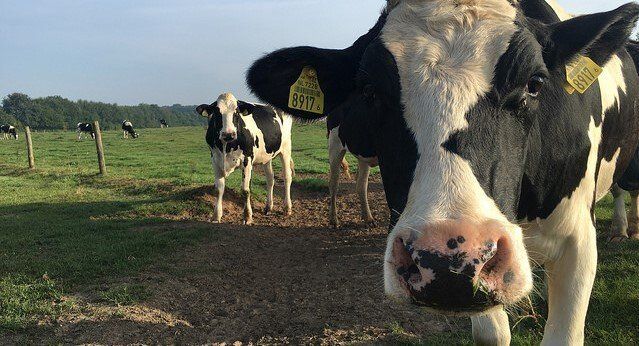
By Julia Somerdin
•
18 Nov, 2020
Labby Inc , an early-stage startup specializing in AI-enabled optical sensing solutions for raw milk testing, today announced it has raised $480,000 in seed funding. AgriTech Capital , a strategy and investment firm specializing in innovation and technology in the agribusiness sector. The global dairy farming industry loses $32 billion annually due to mastitis infections. At a minimum, twenty-five percent of cows each year are impacted regardless of how well managed a farm is. Farmers lack a way to quickly and easily identify mastitis at an early stage so they can take preventative measures to reduce the impact on yields. With Labby’s solution, farmers and dairy processors finally have a way to quickly and easily test raw milk gaining visibility into animal health, milk quality, and feed efficiency, enabling them to optimize their operations. This is the first seed round for the company and the financing will help with the development of Labby’s products, including the next generation of its handheld solution and in-line sensing integration unit. A handful of dairy farms in North America will start piloting the technology before the end of the year. In addition, Labby will use the funds to build out its operations and expand the team. Labby participated in the Techstars Lisbon Accelerator in 2020 and Dairy Farmers of America innovation program in 2019 and was a MassChallenge finalist in 2018. The two co-founders are MIT alumni from the Media Lab and the System Design & Management program.
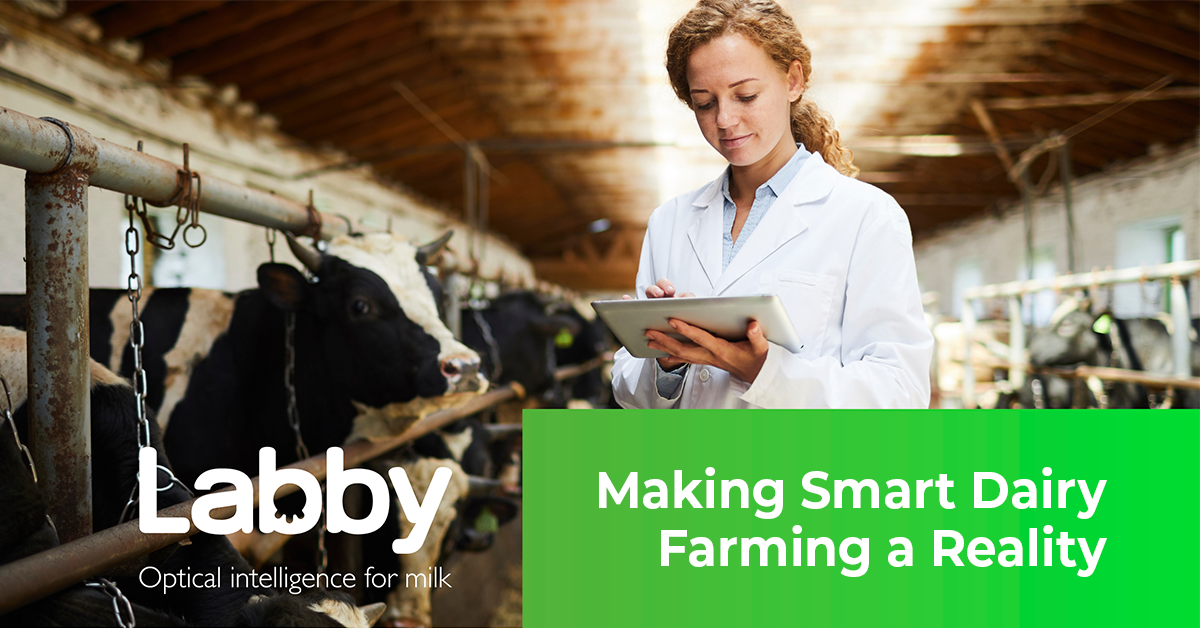
By Julia Somerdin
•
13 Nov, 2020
As the global population continues to expand , farmers need to increase production levels to satisfy the growing demand for food. For dairy farmers, this requires keeping the herd as healthy as possible to optimize both the volume and quality of milk produced and, of course, revenue. Agtech Revolution Farmers are turning to technology to increase efficiency across the farm and reduce costs. The modern farm now encompasses an array of interconnected sensors, machines, hardware, and software, creating a smart farm, aiding farmers in their quest to automate and optimize operations. Drawing on this technology, farmers can now make informed and accurate decisions at the individual animal level or per square meter— rather than as previously at the herd or field level. This shift allows farmers to make more informed and precise decisions to maximize yields. For dairy farming, technology is also critical to make milk production more efficient and sustainable. Ensuring the health of the herd is vital as healthy cows produce not only more milk, but the quality is higher. Solving the Mastitis Problem One of the critical challenges that dairy farmers need to overcome is reducing the impact of diseases like mastitis. A staggering 25% of cows are infected each year with mastitis, resulting in $32 billion in lost revenue . For farmers to increase milk yields and income, it's vital to quickly and easily identify mastitis at an early stage so that they can take preventative measures to reduce treatment costs and prevent yields from plummeting. The traditional approach for detecting and managing mastitis has relied on a combination of waiting until symptoms are visible, at which point the disease will have already spread, and infrequent milk samples sent to a laboratory for review. This approach to testing is labor-intensive, expensive, and by the time the farmer has access to the results, the herd’s situation is likely very different. Dairy farmers need a connected milk testing solution that provides real-time insights and is affordable and easy to use. The Labby Difference Labby has taken these challenges into account and created an intuitive automated testing solution that continuously evaluates milk composition and quality. The advanced mobile spectroscopy sensing system provides real-time milk analysis, including fat, protein and the somatic cell count (SCC) in under 10 seconds via a handheld device that beams light onto a milk sample. The AI algorithm then interprets the data, which the farmer can view via a smartphone app. The solution provides fast and affordable visibility into the herd's health and the quality of every drop of raw milk. By tracking the SCC in real-time for each individual cow, at the farm, farmers can detect mastitis immediately and manage the disease with minimal impact on the milk yield. Unlike other testing solutions, Labby is easy to deploy. After the initial hardware investment, there is a small monthly subscription fee, making it a cost-effective option for precision dairy. The solution seamlessly integrates with robotic milking solutions or other parlor systems. Farmers need continuous insights into the health of the herd to take preventative action. With Labby, farmers finally have a scientific approach to analyzing milk composition and quality. Farmers can quickly and easily identify mastitis outbreaks, allowing them to contain and treat the disease immediately. This will lead to a reduction in the number of cows infected and revenue lost. The Connected Farm Farming is undergoing a technology transformation that will help optimize productivity and operations. When it comes to dairy farming, embracing smart connected technology allows farmers to make informed decisions that help optimize yields, keep animals healthy and reduce costs. Farmers ignoring the shift to connected technology and not striving to create a smart farm will struggle to remain competitive. To learn more about how our automated milk testing solution is helping dairy farmers sign up for a demo here .

By Julia Somerdin
•
22 Oct, 2020
With demand for dairy continuing to grow, farmers are under pressure to find ways to optimize the productivity of the herd. As milk quality determines how much revenue dairy farmers generate, they need a way to monitor and understand this variable so that they can quickly take preventative action to keep cows healthy. Until now, farmers have had to rely on sending milk samples to a laboratory for testing every couple of weeks. This approach is not only expensive, but it fails to give farmers the information they need while milking occurs at the farm.
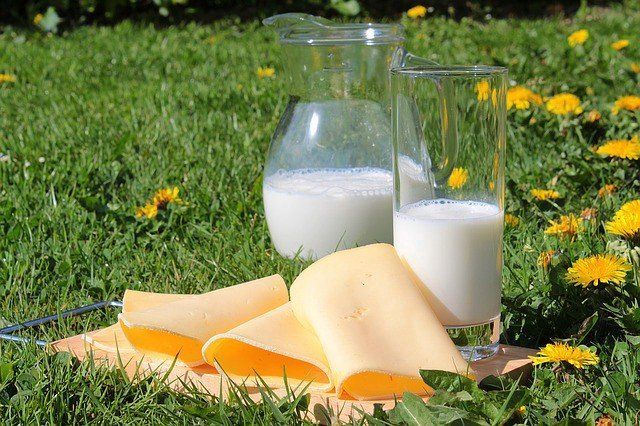
By Ansh Das
•
11 Jun, 2020
For someone who has a background in materials physics, working with exotic materials has been a fun and exciting experience. I have worked with plastics that conduct electricity, can emit light (in LEDs), and even transform solar energy to useful electrical energy. Virtually no technology would exist today, if not for advances in materials science and engineering. In the broad spectrum of fascinating materials, biomaterials and materials that our body makes, like blood and milk, have a special place. These are extremely complex materials that only our (or animals) bodies can make. For instance, we still drink milk from cows, goats, and buffaloes, we donate blood to save lives, and we extract stem cells from bone marrows. The sheer complexity of some materials does not allow us to easily re-engineer them. Milk is one such amazing material. Composition of milk Milk is a rich material from a composition perspective, containing fat, proteins, lactose, water and minerals. Complexity of milk as a material arises from the manner in which many of the components exist in it. For instance, fat exists as globules in an oil/water emulsion. The size of these globules is about 1–10 microns and can be seen under an optical microscope. Cow’s milk typically has 3–6% of fat. Some breeds like the holstein (the one with black and white patches) produce lower fat (3–4%), whereas other breeds like the jersey (smaller brown ones) produce higher fat (5%). The amount of fat also varies with the type of animal. Buffaloes, for instance, produce milk with about 8% fat. There are several types of proteins in milk including casein (majority) and whey proteins. Casein exists in a colloidal form with micelles in the 10–100 nm range, which can be seen under an electron microscope. Since the size of protein micelles and fat globules is comparable to the wavelengths of visible light, they act as scatterers. Scattering by fat globules in relative wavelength independent, so we see that thick, white, opaque feature of milk. Scattering by protein micelles is governed by the Tyndall effect, where blue light is scattered more than red. This explains why skim milk (0% fat, only protein) has a slight bluish tinge (also our iris looks blue due to the same reason!). In addition to fat and protein, milk contains lactose (sugar) that is found completely dissolved as a true solution. As you can see, this is a complex mix of many organic molecules organized across various sizes. And this is a simplified picture of what milk contains. There are minerals, vitamins A, D,K, riboflavin and who bunch of other molecules in milk! Isn’t that amazing!






